Calvinist church in Csenger
Hungary
Csenger grew to become one of the most significant towns in the historical Szatmár County during the Middle Ages. An indication of this is the fact that from 1429, Csenger is referred to in the chronicles as a county town where county assemblies were often held in the 14th and 15th centuries. In the middle of the 13th century, Csenger became the property of the Kátas, a family that owned several neighboring lands, and by whom the church was supposedly built. It is probable that the construction work began after 1322, and was completed in the second quarter of the century. Csenger’s medieval church is the only architectural heritage of the Great Plain’s medieval monumental architecture. A unique feature is the octagon-based western tower. Originally, the St Andrew’s Church in Debrecen featured the same type of structure, but it was demolished at the beginning of the 19th century. As a result, the St Andrew’s Church, founded by the reputable Debreceni family, may have served as a model for Csenger’s church. In spite of the fact that the construction of a wooden chapel was approved according to a document in 1322, for some unknown reason, a monumental church was built.
The monumental east/west-facing church preserves its medieval form. A crescent-shaped triumphal arch divides the rectangular nave from the sanctuary which is formed by five sides of an octagon. The sanctuary has a wagon roof, and a fabulous painted cassette-style wooden ceiling covers the nave. A monumental hexagon-shaped six-storey tower is attached to the church, which has been preserved in its original state. The form of the western spire is a special solution of the former parish church in Csenger. In Csenger, the spire has an octagonal ground plan and there is a number of spires in the neighbourhood, which are the same or very similar (for example the Calvinist church in Vámosoroszi, Mátészalka or Nyírmeggyes) This solution is not known in another area of the medieval Kingdom of Hungary, so it can be said, that this architectural solution is one of the art historical specificities of Szatmár county.
The church was constructed of mortarless fired red and black brick, which provides a remarkable characteristic for the building. Similar patterns can be observed in Szamostatárfalva, Csegöld and Baktalórántháza. In the Carpathian Basin brick churches are known since the 13th century, primarily from the Great Hungarian Plains. The surviving examples can be found almost exclusively in the north-eastern part of the area, in the szabolcs-szatmár-bereg region, which was less devastated by the Turkish invasion (eg: Szamostatárfalva, Gyügye, Nagyszekeres, Túriccse) The former parish church of Csenger stands out from the churches, which were made purely from bricks – it is a Calvinist church today. It is outstanding not just because of its size, but also because such a decoration method was used during its construction, which was the most typical in the brick churches across Europe.
The painted cassette-style wooden ceiling of the nave, which was created in 1745, is as well-known in Europe as it is in Hungary. The floral motifs on it refer to the earliest periods of Hungarian history. The wooden ceiling consists of 9×14 complete cassettes and a half row of cassettes. The oldest relic of this kind in the Upper Tisza region from 1745. The painted motifs of its square-shaped cassettes preserve Renaissance traditions.
The current pulpit has been installed almost exactly in its medieval position. Its bricked breast-wall is decorated with geometric mortar panels. The “crown” of the pulpit is far more simple and lower in position, compared to the baroque relics of the churches in the surroundings. (It is a sound reflector rather than a crown.) It was created in 1840, in Classicist style. On its ceiling, above the head of the pastor, the dove of the Holy Spirit levitates. The gallery and the pews were created in the 18th century. It is worth walking up and adoring the 200-year-old oak pews.
Csenger’s church played an outstanding church historical role in the Reformation era, as the history of the historical Szatmár County became significant in many aspects during the Turkish occupation. Very important trade routes passed through the region linking the Principality of Transylvania with the free royal towns of Szepes County. In the light of this fact, it was no wonder that this economically and socially developed region became the cradle of the Reformation in Hungary. Following October 31, 1517, the Lutheran Reformation spread very quickly throughout Europe. In the historical Szatmár County, Reformed pastors held services already from 1520. Not only did the pastors play an important role in spreading the new ideas, but also the nobles made special efforts to protect their new religion by securing financial and political support, and when it was necessary, military protection. As a result, the historical Szatmár County had a leading role in the spread of the Reformation. Erdőd, a major domain of Gáspár Drágffy, who was one of the first nobles giving ground to the spread of the new beliefs in their courts, became one of the most important sites for the holding of synods. The Reformation arrived in Csenger quite early, where the early Gothic Reformed church of today became the site for the holding of several synods. The synod of 1576, which followed the synods of the Calvinist Rome, Debrecen and Óvár in order of importance, was held in Csenger. Here, Péter Méliusz Juhász constructed “The Confession of Csenger”, by which the theological physiognomy of the Hungarian Reformed Church was established.
The Confession was written for the protection of the doctrine of the Holy Trinity. The synod was congregated by our first bishop, Péter Méliusz Juhász. It was perhaps due to these facts that the entire population of Csenger converted to Reformed religion. Following the quick spread of the Reformation, in 1629, the only vicarage in the historical Szatmár County where Roman Catholic priests held services was in Ecsed. Due to the fact that Csenger has a population of approximately 5100 people, out of which approximately 4100 people are Reformed, the Reformed community of Csenger is still a significant Protestant community in the region.
All sights in this country
-
Calvinist church in Csegöld →
Hungary
-
Calvinist church in Csengersima →
Hungary
-
Calvinist church in Kisszekeres →
Hungary
-
Calvinist church in Nagygéc →
Hungary
-
Calvinist church in Nagyszekeres →
Hungary
-
Calvinist church in Szamostatárfalva →
Hungary
-
Calvinist church in Tiszakóród →
Hungary
-
Reformed Church of Ajak →
Hungary
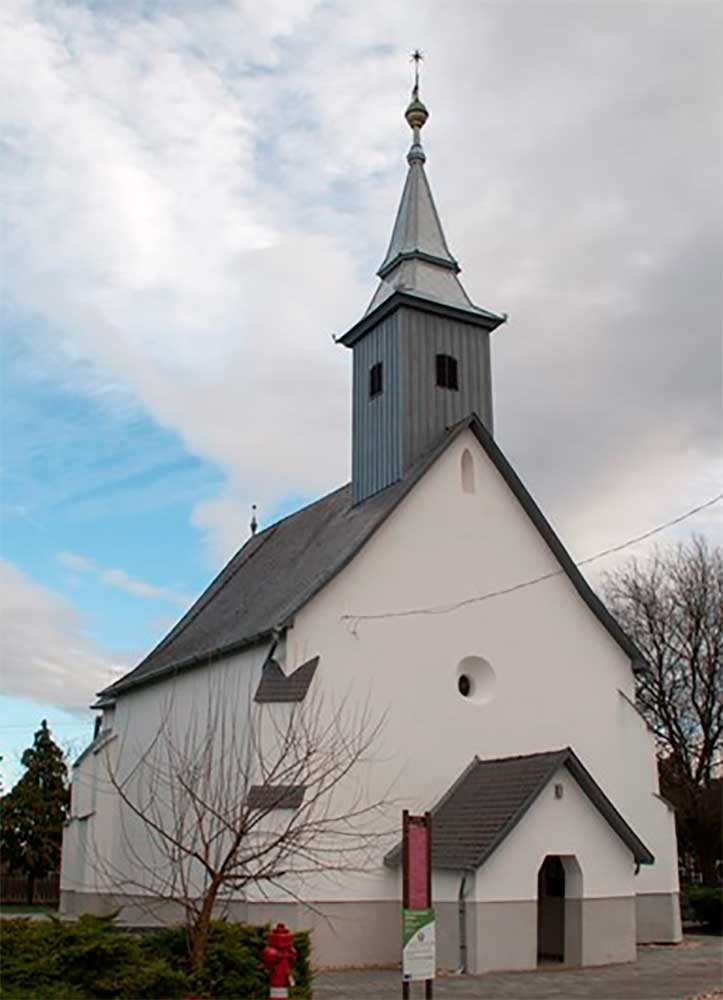
-
Reformed Church of Csaroda →
Csaroda / Hungary
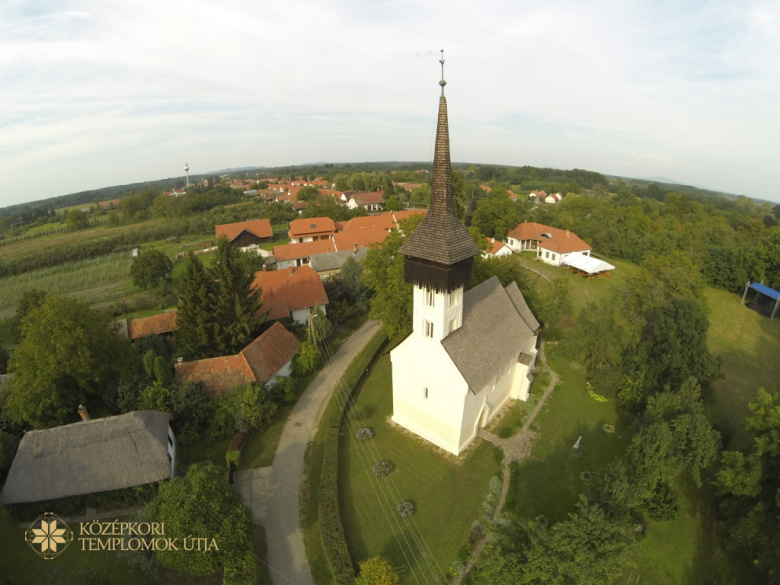
-
Reformed Church of Gyügye →
Hungary

-
Reformed Church of Kölcse →
Hungary
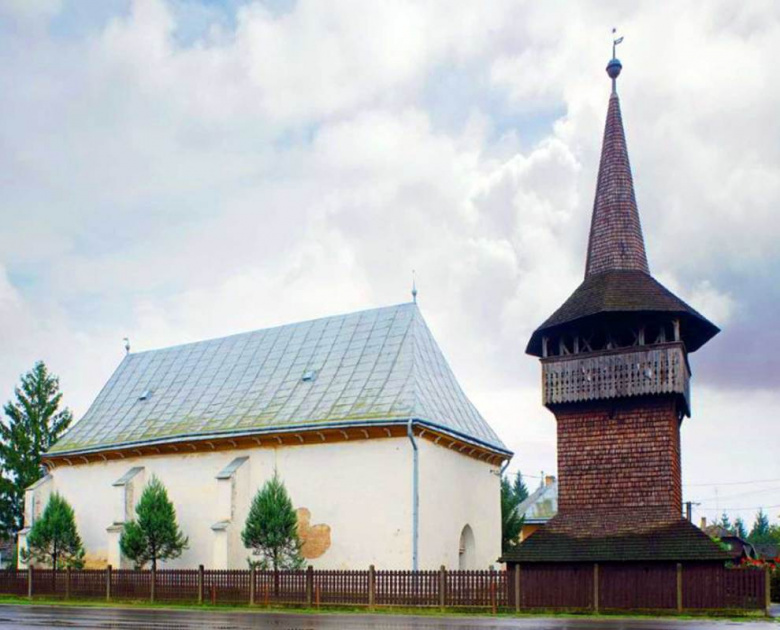
-
Reformed Church of Márokpapi →
Hungary
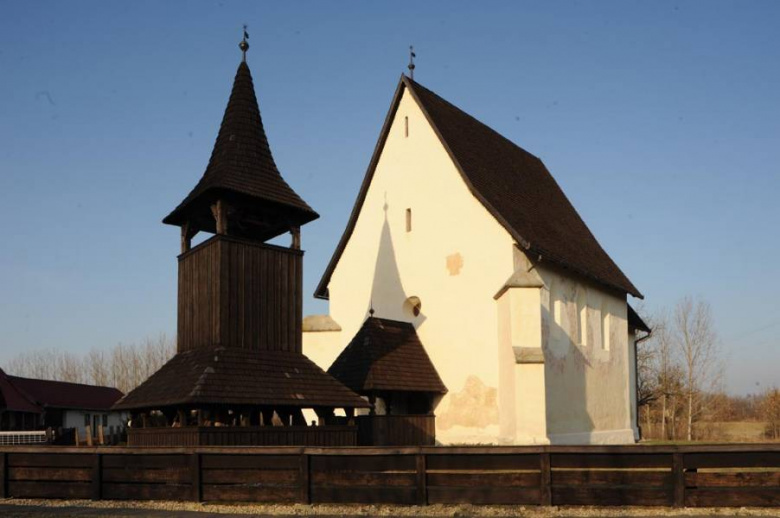
-
Reformed Church of Sonkád →
Hungary
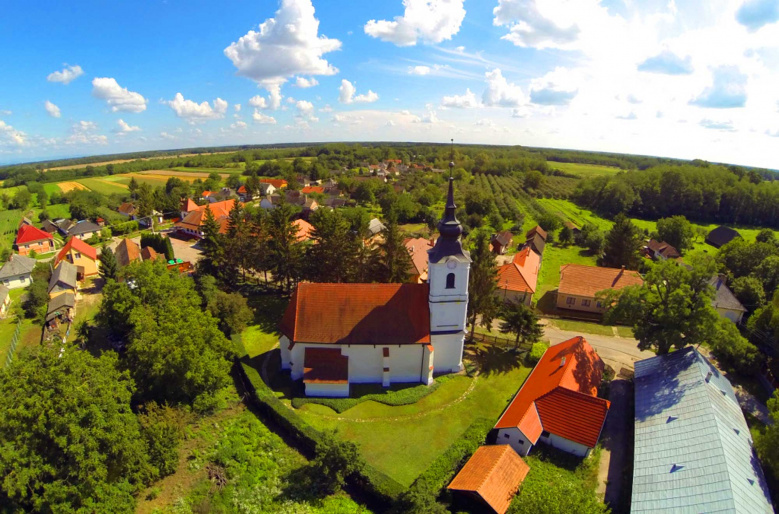
-
Reformed Church of Szamosújlak →
Szamosújlak / Hungary
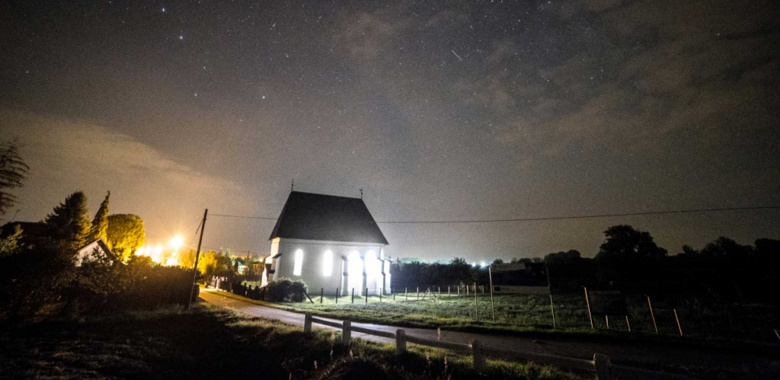
-
Reformed Church of Tákos →
Hungary
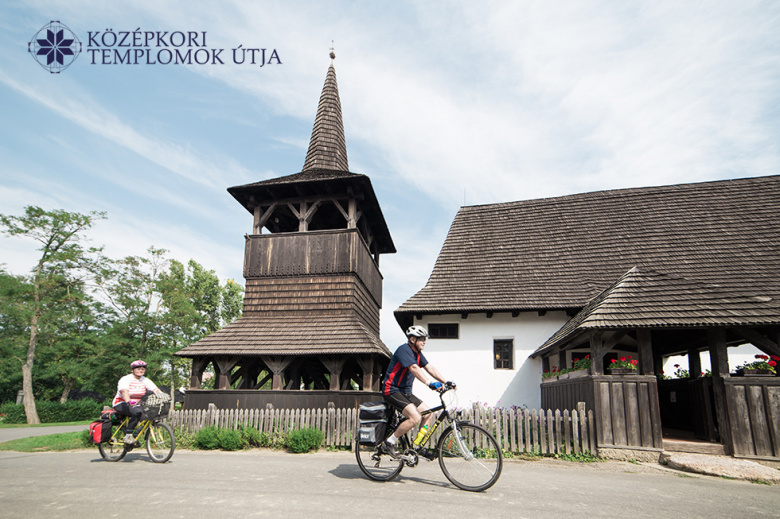
-
Reformed Church of Túristvándi →
Hungary
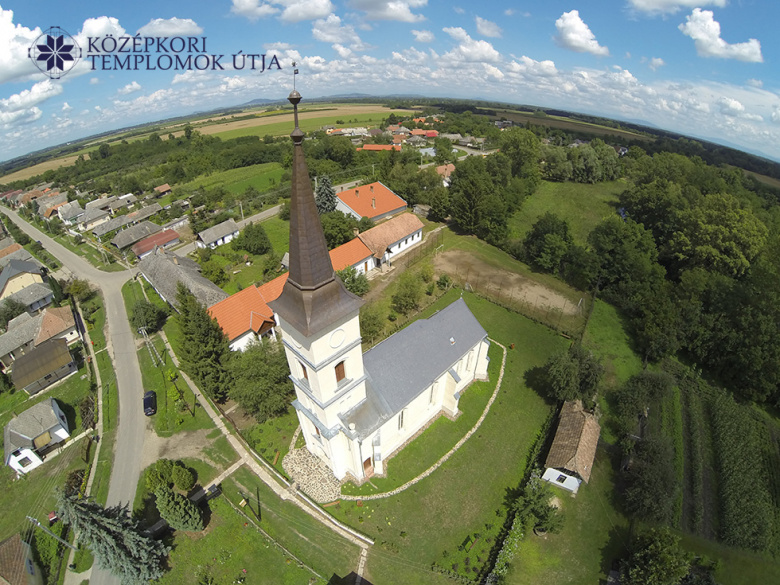
-
Reformed Church of Vámosatya →
Hungary
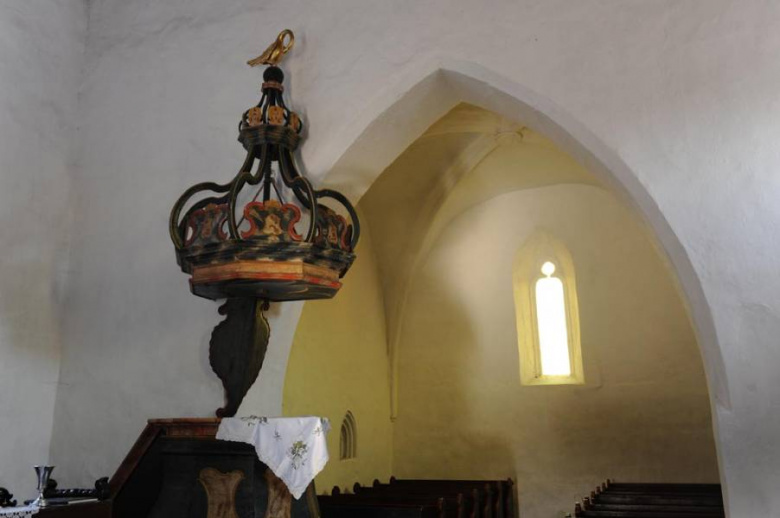
-
Reformed Church of Vámosoroszi →
Hungary
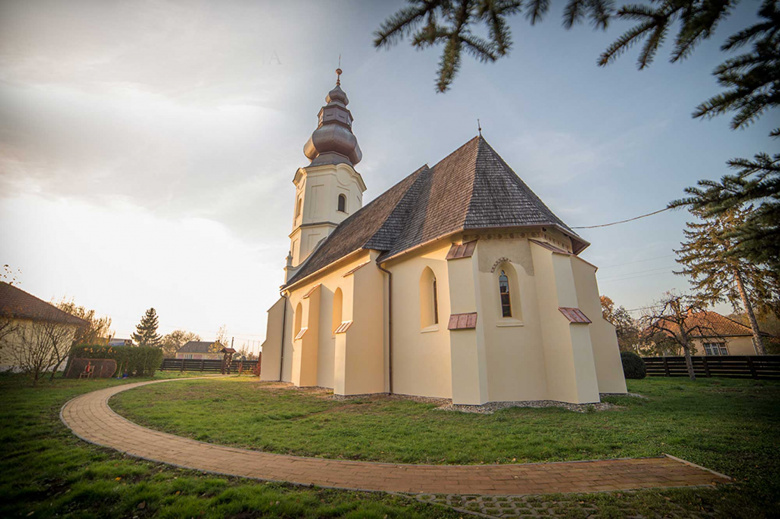
-
Roman Catholic church in Jánkmajtis →
Hungary
-
The Medival Church Route →
Hungary